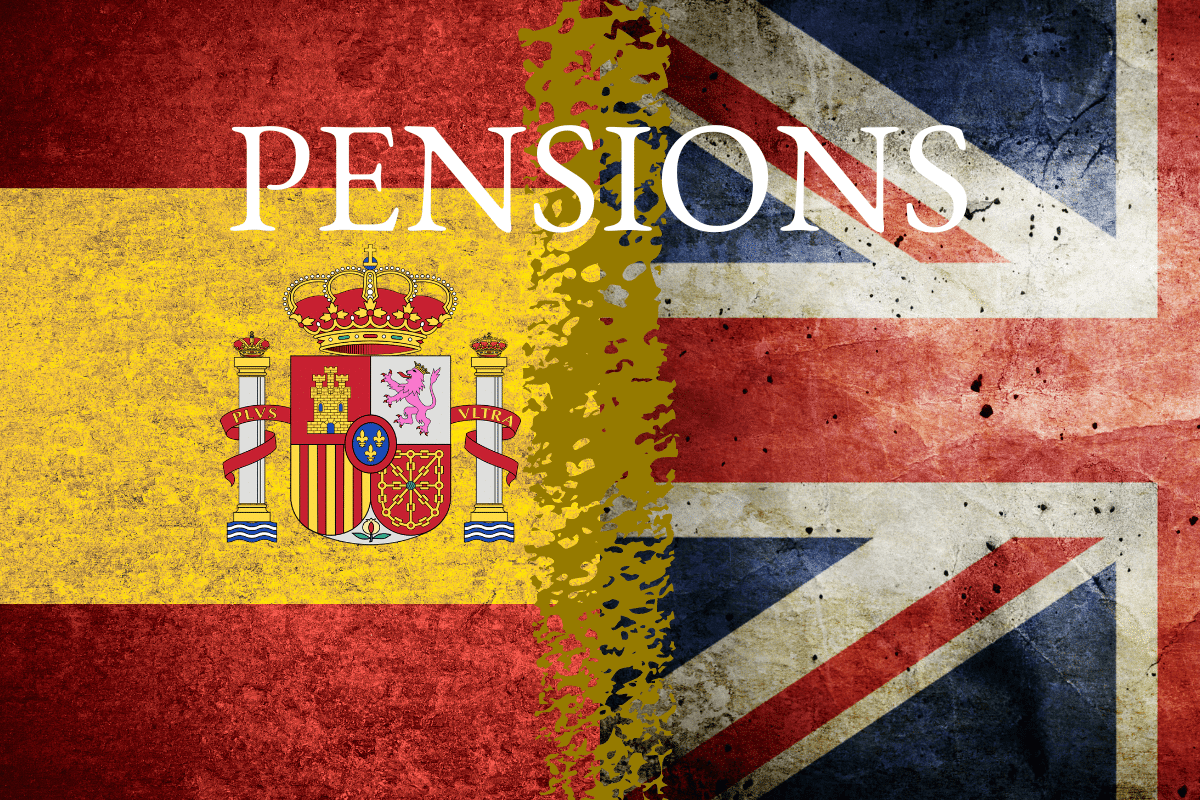It is widely known that Europe’s ageing population is a problem for EU Member States. Quite simply, people are living longer and this impacts on the sustainability of State pension systems, referred to as the first pillar. Member States may attempt to address this issue by raising State pension ages and increasing the number of years that people need to qualify for a full State pension. However, this then impacts on the standard of living that retirees can expect to attain, unless additional provision is made.
In some Member States, employees may benefit from occupational pension schemes that are sponsored by their employer. These are known as second pillar schemes and if a promise of a defined benefit pension related to salary and service is on the horizon, then this is highly advantageous. However, employers too are feeling the strain of funding such promises and so are increasingly closing defined benefit schemes and putting in place alternative defined contribution plans. There is no benefit promise and the employee will get whatever the eventual ‘pension pot’ purchases. In short, the risk of meeting the target benefit is passed on to the employee.
Third pillar pensions are also ‘money purchase’ and these sit on top of the first and second pillars. Voluntary by nature, these plans can make the difference between a comfortable or a poor retirement. Such additional pensions may also provide a ‘bridge’ to State retirement pension commencement, if the benefits can be accessed before the State retirement age. However, without appropriate and regulated advice, the saver may find out all too late that their aspirations for a financially secure retirement are not met. Saving sufficient amounts and investing the monies wisely are both essential requirements, but so too is taking advice.
Pension entitlement is a complicated subject. Regular reviews with the adviser should be carried out to check that the ‘pension pot’ is on target to achieve objectives. Generic on-line advice is unlikely to be enough, particularly if the person has accumulated several ‘pension pots’. Moreover, if a person has had a cross-border career, how does the ‘pension pot’ acquired in one State dovetail with one in another State? How are the State pensions earned in each Member State impacted by the EU State pension co-ordination rules? How do the diverse tax rules across Member States affect the outcome for the saver? These are just a few of many questions that should be addressed by the adviser – a robot cannot do this!
In June last year, the European Commission launched its proposal for a Regulation on a pan-European Personal Pension Product (PEPP), as a third pillar pension. In States where the first and second pillar systems are not well-developed, the PEPP may offer a solution for citizens who may be facing a poorer retirement. In other States, the PEPP should provide more choices to its citizens.
Whilst the PEPP initiative is welcomed, the Regulation as drafted, already presents some barriers to becoming a successful cross-border pension arrangement. The PEPP has the potential to contribute to the Capital Markets Union, but only if the barriers are overcome. Regulatory and fiscal rules diverge between the 28 Member States and so pragmatism and co-operation are needed to reach a solution. If the tax incentives are insufficient, and subject to change after an arrangement has commenced or even harmonised, the PEPP is unlikely to succeed.
The PEPP Regulation proposes a limited number of investment strategies be made available by PEPP providers. This includes a “safe investment option”, as a default option, which should provide a capital guarantee. The merit in capital guarantees for pension products is questionable, as these are expensive to provide. The result being that to support the capital guarantee (if in fact a real guarantee can be provided – and by what institution?), this would require low-yielding investments and consequently at retirement, the capital may be insufficient to provide an adequate level of income to supplement other pensions. Thus, the reference to a “safe investment strategy” could be misleading to the saver.
However, rather alarming is the proposal that the PEPP saver can waive the right to receive advice, if he/she selects the default investment option. It is arguable that PEPPs should not be sold on a non-advised basis, even in these circumstances. The Regulation as currently drafted could lead to the saver losing purchasing power, since an obligation to provide inflation-proofing has not been included.
Furthermore, the impact of national pension entitlements, varying decumulation options and retirement ages, particularly if the PEPP saver has cross-border accumulated benefits, strengthens the need for the PEPP saver to receive appropriate professional advice. Hopefully, the European Commission will also come to this conclusion.
This article was published on The European Federation of Financial Advisers and Financial Intermediaries website
Daphne Foulkes is a Board Member of the FECIF





